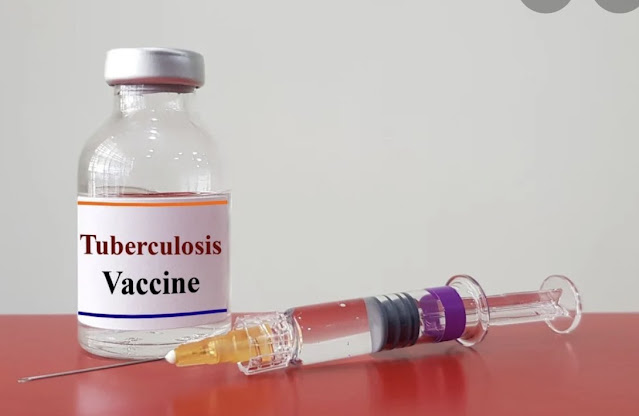 |
| Tuberculosis Vaccines |
Tuberculosis (TB) is caused by a bacteria called
Mycobacterium tuberculosis. People inhale the germs when an infected person
coughs or sneezes. The infection usually spreads from person to person in tiny
droplets. Tuberculosis can also be spread through contact with saliva, waste,
or other items an infected person touched, especially if the objects are not
cleaned properly. In healthy people, the immune system destroys the Tuberculosis
bacteria and prevents them from growing and spreading to others. Along with Tuberculosis Vaccines, TB prevention
involves good hygiene, screening, and quarantine. TB is spread by breathing in
bacteria and is especially dangerous in hospitals and living in close quarters,
such as dorm rooms or hostels. Whereas in some people, the immune system can't
destroy the bacteria and they become sick with active TB disease. TB can be
fatal.
The development of new Tuberculosis
Vaccines is an urgent priority. These are needed for the prevention of Tuberculosis
disease and to replace BCG in infants. The bacillus Calmette–Guérin vaccine
(BCG) is currently the only preventative vaccine against TB. It is administered
in healthy children as soon as possible after birth. A doctor will prescribe
medicine to treat TB. Several different drugs must be consumed for four, six,
or nine months. These medicines include antibiotics and a steroid to reduce
symptoms. It is important to take all medicines exactly as prescribed to help
get better and stay well.
Children are a neglected population in global TB control
efforts and should be prioritized to achieve TB elimination. TB in children can
be caused by many factors, including household exposure to cavitary,
smear-positive TB, and co-morbidities that compromise immune function such as
HIV infection and malnutrition. The bacillus Calmette-Guerin (BCG) Tuberculosis Vaccines provides consistent
protection against TB meningitis in infants and young children, whereas it is
less effective in preventing the more serious forms of pulmonary TB in adults.
The development of a new tuberculosis vaccine is in progress, with several
candidates showing promise in animal studies and clinical trials. Controlled
human infection models, similar to the malaria human challenge model, are being
used to facilitate vaccine development and identify immune correlates of
protection.
In healthy people, the immune system usually destroys TB
germs that infect the lungs. TB bacteria can infect other parts of the body,
too. The infection may stay dormant for weeks or months. In some people, the
bacterium starts growing again and causes a TB disease episode. People with a
weak immune system have a higher risk of getting TB disease. These include
people with HIV/AIDS, babies and children, older adults, and anyone who has a
chronic illness like kidney disease or diabetes. Some people who get a TB
disease episode will not recover well. They might have a hard time breathing or
their disease may be drug-resistant. Tuberculosis Vaccines may not work
effectively.
Doctors diagnose TB by taking a history and doing tests.
They do lung X-rays and other tests to look for the TB bacteria. Other tests
can include CT scans of the spine and brain and blood work. They also may order
a sputum test to see how the lungs are working. Although TB has been a leading
cause of death from a single infectious agent for centuries, significant
reductions in mortality have been achieved. However, TB persists as an enormous
public health challenge with substantial economic costs and is an important
driver of global inequity. Tuberculosis Vaccines development against Mtb has
been slower than for other infectious diseases. However, new developments in
vaccine research and development raise hopes for the future. Several vaccine
candidates are in the pipeline, including a live attenuated Mtb vaccine (BCG)
to replace BCG, vaccines for early life immunization as primary vaccination and
boosters, recombinant mRNA vaccines with a potential to reduce treatment
duration and drug resistance, and immunotherapeutic adjuncts to shorten
treatment regimens.





0 Comments